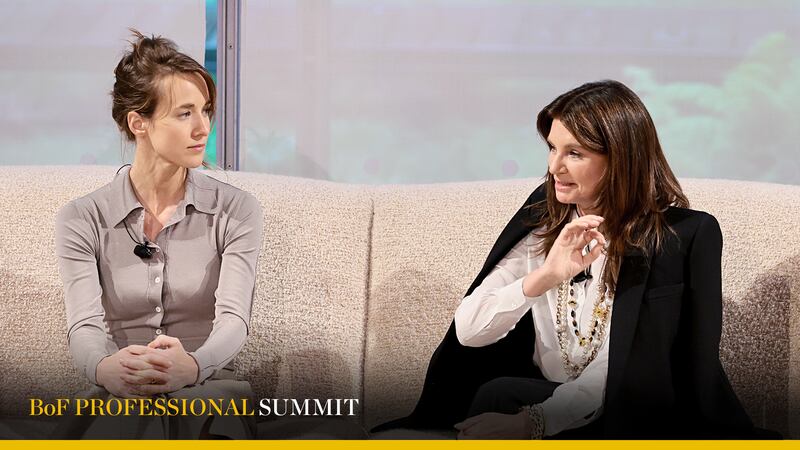
The Business of Fashion
Agenda-setting intelligence, analysis and advice for the global fashion community.

Agenda-setting intelligence, analysis and advice for the global fashion community.

The author has shared a YouTube video.
You will need to accept and consent to the use of cookies and similar technologies by our third-party partners (including: YouTube, Instagram or Twitter), in order to view embedded content in this article and others you may visit in future.
To subscribe to the BoF Podcast, please follow this link.
Each interaction a brand has with a consumer typically ends when a product is sold. Digital IDs have the potential to extend that exchange, integrating digital initiatives with products’ physical lives. A a flock of start-ups and fashion power brokers want every item of clothing, watch or handbag to have a digital twin, meaning, QR code-enabled garments that lead to a website packed with information such as an item’s material breakdown or suggestions on how to style it. It’s a concept that is well-established in the automobile industry and a few other sectors, but has yet to gain traction in fashion. Proponents believe it could unlock enormous potential for consumers and brands.
“It’s moving from this very transactional relationship that brands have with customers into this service-based continuous relationship between brands and customers,” said Natasha Franck, founder and chief executive of Imaginary Ventures-backed digital ID-maker Eon at BoF’s Technology Summit.
Franck and Imaginary Ventures’ Natalie Massenet join BoF technology correspondent Marc Bain to discuss Eon, how the technology works and highlight the opportunities digital IDs could create for fashion.
Join BoF Professional for the analysis and advice you need. Get 30 days for just $1 or explore group subscriptions for your business.
Successful social media acquisitions require keeping both talent and technology in place. Neither is likely to happen in a deal for the Chinese app, writes Dave Lee.
TikTok’s first time sponsoring the glitzy event comes just as the US effectively deemed the company a national security threat under its current ownership, raising complications for Condé Nast and the gala’s other organisers.
BoF Careers provides essential sector insights for fashion's technology and e-commerce professionals this month, to help you decode fashion’s commercial and creative landscape.
The algorithms TikTok relies on for its operations are deemed core to ByteDance overall operations, which would make a sale of the app with algorithms highly unlikely.